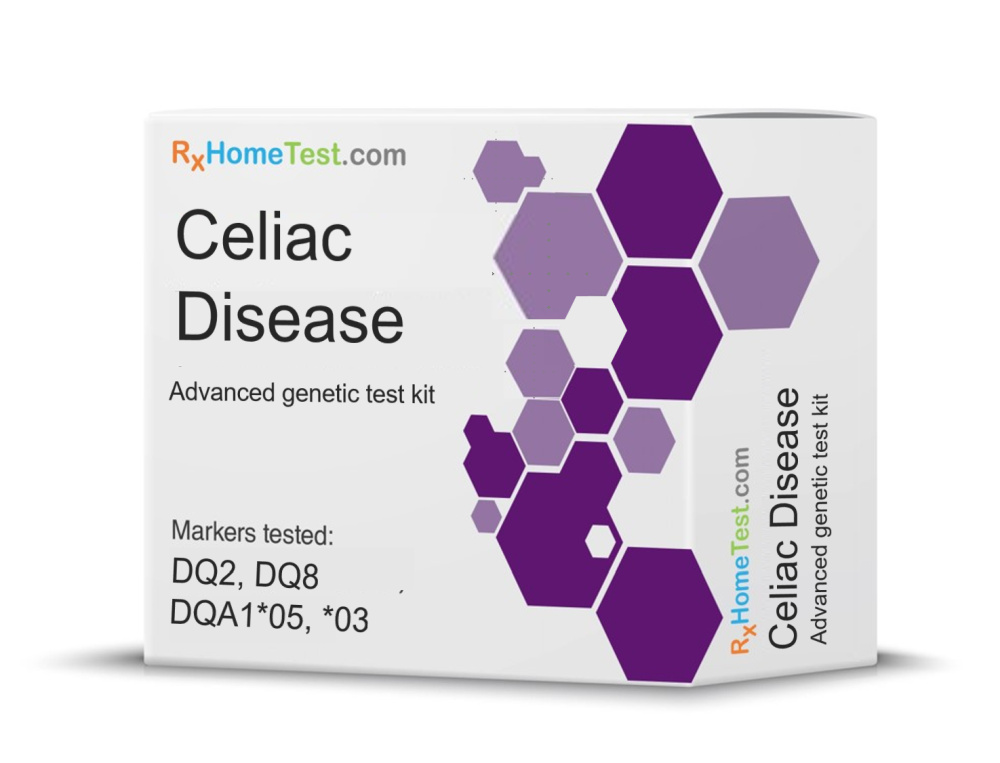
Some may call gluten-free diet a fad, but sensitivity to gluten is real. And it's more common than you might think: almost one in hundred people is intolerant to gluten or has celiac—an extreme case of gluten intolerance. That's almost 3 million people in US alone.
Most celiac cases remain undiagnosed. But an Italian study of school children found 1 in 184 were positive for celiac, and among these positive cases, 6 out of 7 were never undiagnosed before.
It also depends on geography and ethnic groups. Studies from Sweden show 1 in 254, in United States 1 in 250, and in Ireland 1 in 122 had gluten intolerance.
The highest known prevalence of celiac is in Saharawi tribes of Algeria's Sahara desert. At 5.7 percent, it's more than one in twenty people.
Unfortunately, a recent conflict in the region forced them to replace traditional diet with gluten-rich diet, causing widespread symptoms. This group also has an unusually high occurrence of DQ2 genes, which correlate strongly with celiac.
A review of non-western countries suggests celiac is present across Africa, India, East Asia, Latin America, Middle East, South America, and Australia. Many regions have cultural anecdotes that support a history of gluten intolerance, e.g., the chapati effect in India—during wheat harvesting season—is part of the cultural vernacular.
Only Japan is a rare case, with only two identified cases as of 2006.
Despite widespread social awareness very few people are diagnosed with celiac (or coeliac) disease—which suggests only a tip of the ‘celiac iceberg’ is ever noticed.
That’s mainly because symptoms of gluten sensitivity vary significantly, from no signs at all to extreme cases of reactions such as rashes, vomiting, diarrhea, and abdominal pain.
Celiac disease was first described in Greece in second century AD by Aretaeus of Cappadocia, who suggested that children who couldn’t retain food, and were letting it pass through without digestion, were coeliacs.
In 1786 William Buchanan of Edinburgh and, in 1888, Samuel Gee of St. Bartholomew's Hospital in London described the modern-day celiac symptoms. Gee pointed out that the only way to cure celiac was through diet, and children fed on Dutch mussels, and very little starch, showed no symptoms until the season was over.
In 1924, Sydney Haas, successfully demonstrated treatment of children with a banana-rich diet that excluded carbohydrates such as bread and sugar. His famous experiment treated eight anorexic children with a diet that excluded cereals, bread, potato, and crackers—an early version of today’s gluten-free diet.
It was during World War II that a Dutch pediatrician named WK Dicke and his colleagues connected wheat to celiac. They found that the health of many children improved when wheat, barley, and rye were in short supply during the war. Allied Forces dropped bread from planes in 1944 to avoid starvation in The Netherlands. The first casualty was return of symptoms in these children, giving clear evidence the role of bread in celiac.
Without careful observation of symptoms, it has been very difficult to diagnose celiac. But in 1964, Berger reported detection of anti-gliadin antibodies, which paved the way to a blood test that could easily identify celiac. This allowed scientists to point out that the risk of celiac is higher in those with other auto-immune diseases such as diabetes and lupus.
The development of biopsy tools has been a major breakthrough by visually showing the damage to intestine lining. Today, biopsy remains the most definitive tool to confirm celiac. A biopsy, combined with antibody test, symptoms, and reaction to gluten, have finally allowed us to develop an effective diagnosis.
In 1972, Falchuk was the first person to find a connection between celiac and genes. Subsequently, many researchers in the 1980s conclusively connected the DQ2 genes (or DQ8 in few cases) to all celiac cases. In 1989, Sollid pointed out that celiac has an association with DQ haplotypes—a group of genes that are inherited from parents. This explained why celiac runs within families. Today, 39 genes such genes are documented.
In 1998, Dietrich, in Berlin, and Sulkanen, in Finland, independently developed the highly sensitive tTG antibody test, bringing serological blood testing to market that's popular today.
Thanks to all this research, anyone suspected of gluten intolerance can easily receive a diagnosis today. Although there is no cure, a life-long adherence to gluten-free diet can keep people disease free.

Click here to order the test.
Celiac – FAQs - key facts about gluten intolerance.
What is Celiac? History, Present and Genetic Risk - A detailed look at celiac.
The Differences Between Genetic and Antibody Celiac Tests - And which one to order.
Replacement Grains for Gluten-Free Diets - Learn about common grains beyond wheat, rye, and barley.
What is Celiac? History, Present and Genetic Risk - A detailed look at celiac.
Sensitivity to Food – Allergy, Intolerance, and Celiac Disease - a comprehensive review.
Genetic Variants of Heart Disease - key genes responsible for a healthy heart.